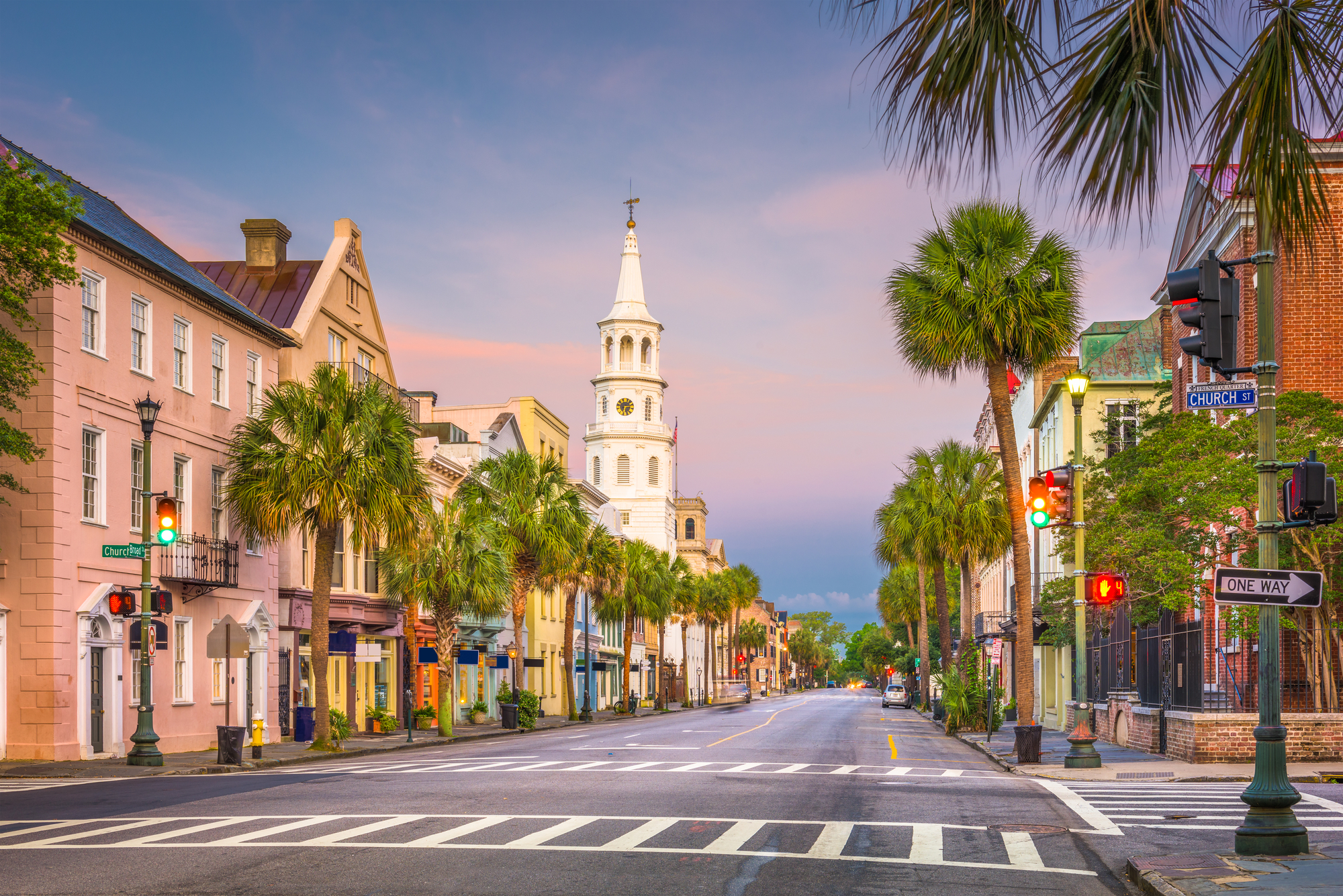Why and How You Should Record Information Yourself After a Car Crash
According to the South Carolina Traffic Collision Fact Book, in 2021, a traffic collision occurred in the state every 3.6 minutes. Collisions that caused property damage occurred every 4.8 minutes, and those that caused injury to at least one person occurred every 14.4 minutes.
When you’re involved in a car accident, whether it’s a major crash or a minor rear-end collision, knowing what to document about the incident can help you make a stronger case for compensation if your property is damaged or you sustain an injury. While law enforcement officers will create an accident report if they are called to the scene, that report is not designed to protect your interests and may not capture every detail that could be relevant to a future personal injury claim.
How to Document Information After a Car Accident
Today, many people carry the tools they need to fully document a car accident right in their pocket. You can use your smartphone to take pictures and videos of the scene, record your own thoughts about the accident, and gather witness statements. If you don’t have a phone with you, you can record details with pen and paper.
9 Things to Document at a Car Accident Scene
The first thing to do after a car accident is ensure you and others involved are safe. Call the proper authorities to report the accident and seek medical attention if necessary. However, once immediate medical needs and safety concerns are handled, consider documenting the following information about the accident scene.
1. Damage to Vehicles
Take pictures of all the vehicles involved in the accident, including the damage to them. Having pictures of your own vehicle’s damage can be helpful when filing an insurance claim. The location and type of damage on all vehicles involved in the accident can also help with accident reconstruction later.
2. Damage to Other Property
The same is true for damage to other property and nearby areas. Take pictures or videos of damaged signs, fences, bushes, buildings, or other structures.
3. Evidence on the Roadway
Look for and capture images of evidence on the roadway. This can include tire and skid marks as well as vehicle debris. If you end up filing a lawsuit and need to make a case that someone was at fault in an accident, all of this information can be relevant.
4. Names of Other Drivers and Witnesses
Get the names and contact information of other drivers as well as their insurance information. Ask for the names and phone numbers of any witnesses to the accident. While police officers responding to the accident may do the same, it can be helpful to have your own list.
5. License Plates and Other Identifying Information
Use your cell phone to capture pictures of license plates so that you have an additional record of the cars involved in the incident. This may also help with any future case if the drivers of any of the cars were not the vehicle owners.
6. What Witnesses Saw
If you have time and witnesses are willing to speak with you, document their version of events. People may not remember exactly what they saw later, so asking if you can record their statement immediately may allow you to capture their best accounting of the accident. It can also provide some evidence later if witnesses change their stories.
7. What Physical Injuries May Have Been Sustained
Document the physical injuries at the scene if it is safe to do so and does not interfere with necessary medical attention. It’s not always possible for a variety of reasons to photograph injuries. However, you can write down or make a note in your phone about your own perceptions of injuries at the accident scene.
8. Road and Weather Conditions
Record information about the conditions of the road and any weather that might have been a factor in the accident. For example, if the roads were icy or it was raining heavily at the time of the accident, these can be relevant factors in your case.
9. Your Own Version of Events
Don’t forget to capture your own thoughts and perceptions of the event. Use your phone to capture an audio recording or type a text note in an app. Record as many details as you can—you never know what might be important later, and it can be difficult to recall accident details weeks or months after the fact.
Use Common Sense When Documenting Information
If you do use your phone to record details at an accident scene, use tact and common sense. It’s also a good idea to consider honoring the privacy of others involved in the accident by not posting images and videos that include them or their private information on social media.
Talk to a Personal Injury Lawyer About Your Claim
Information can be critical to the success of a personal injury case. Recording things when they are fresh and keeping an organized record of data related to your accident can be a huge help. Acting quickly to protect your interests after a car accident can also be important.
Reach out to Armada Law at 864-633-3739 to find out how we can help with your case.


